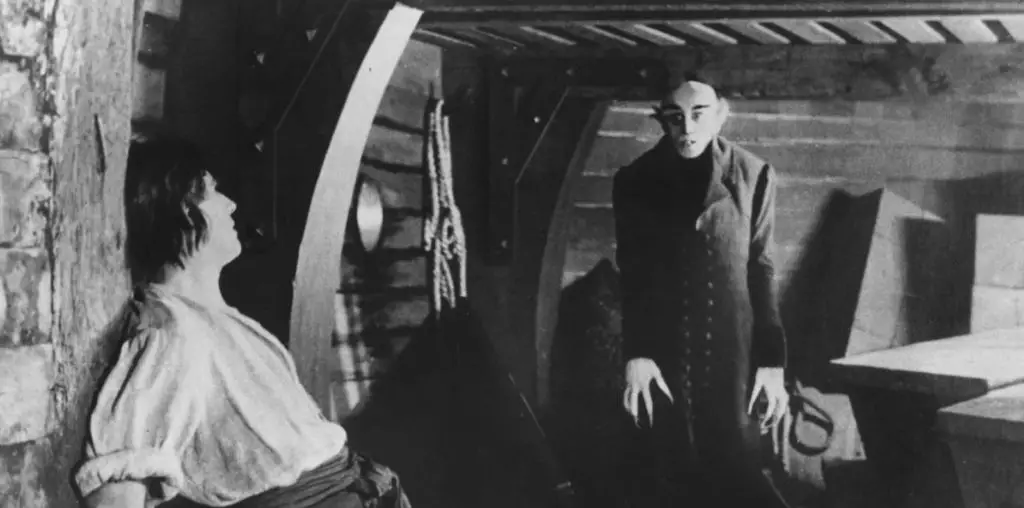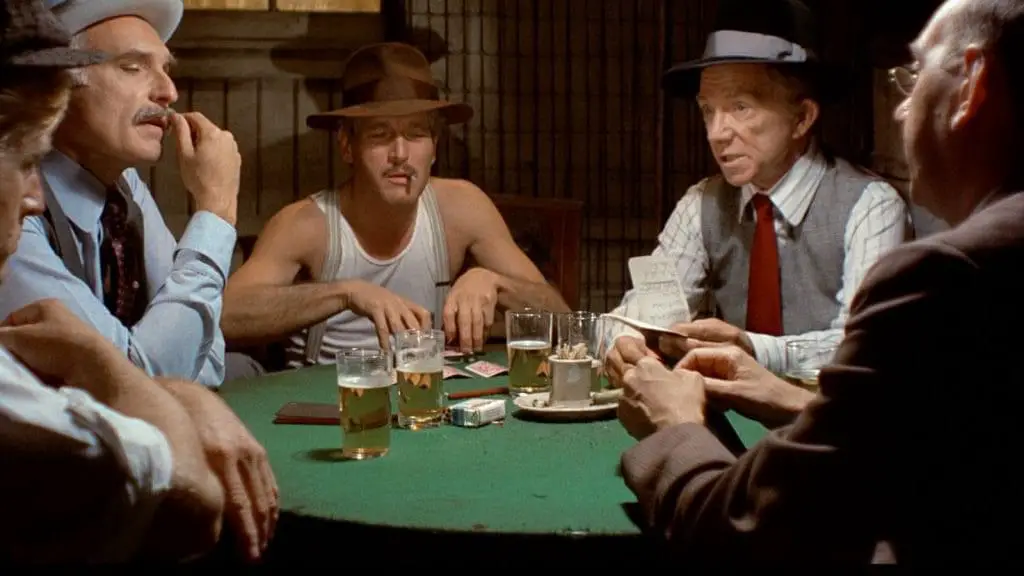
The story of “Seabiscuit” is legendary. A small, undersized horse with knobby knees, a large appetite and foul disposition is disowned and abandoned only to find itself in the hands of three discouraged men in search of a new way of life – a disheartened owner, a frontierless cowboy, and a troubled jockey – all of whom put their heart and soul into making Seabiscuit a champion race horse and the underdog favorite of a generation. Directed by Gary Ross as a follow up to the 1998 comedy “Pleasantville,” and based on the best selling book by Laura Hillenbrand, “Seabiscuit” is exhilarating, sentimental, and uplifting.“ It’s a Cinderella story for all ages.
In the early 1900’s, the sky was the limit as Americans in rapid numbers sought after the great American dream. Among them was a young pioneer by the name of Charles Howard, an entrepreneur who began his own bicycle shop in San Francisco only to wind up innovating his way into automobiles. A great salesman, Howard grew his business into the largest Buick dealership in the west. It made him rich and famous, yet also made him humble. On one fateful day, the cars that gave him success took away the most important thing money could not buy – his family. In a tragic accident, Howard lost his son and after a long struggle to cope with the loss, his marriage dissolved as well. In deep despair and disarray, Howard ventured south of the border to escape his troubles.
It was in Mexico, which did not have laws against gambling, drinking, bull fighting, and horse racing, where Howard regrouped. He found a new love in the form of Marcela Zabala and gradually became a horse enthusiast. Once exclaiming, “the day of the horse is past,” Charles changed his tune. He wed Marcela shortly after and the two eagerly sought to purchase a horse of their own. In the process, Charles hired an old and outmoded cowboy named Tom Smith as his horse trainer. And just like Charles took a chance on Tom, Tom took a chance on Seabiscuit. For it was Tom who spied the rugged and difficult bay horse with an uncanny spirit and it was Tom who spied the equally rugged and difficult jockey named Red Pollard, an ex-boxer blind in one eye.
“The horse is too small, the jockey too big, the trainer too old, and I’m too dumb to know the difference!” It was only a matter of time before the small horse won its first race, broke track records, and became a legend in its time. Under the tutelage and care of Tom Smith and the savvy fighting spirit of jockey Red Pollard, Seabiscuit’s improbable rise captured the hearts and minds of a society looking for hope in a time when hope had all but vanished. Despite numerous career-threatening setbacks, Seabiscuit continued to beat the odds, going on to challenge the resident Triple Crown winner, War Admiral, and eventually securing a place in horseracing history.
“Seabiscuit” is more than your ‘little horse that could’ kind of story. It’s about three men at the end of their ropes who find salvation in a tiny horse with a big heart. Ironically, Charles Howard once said “I wouldn’t pay five dollars for the best horse in America.” But following the death of his son and the dissolution of his marriage, he had a change of heart. He becomes fond of that which he sought to make obsolete and he finds solace in horses and caring for those who cared for them. Among those he cared for were Tom Smith and Red Pollard, two men also in dire straits. Tom realizes he’s at the end of his rope, his quiet frontier all closed up with barbed wire and cluttered with train tracks. He’s become a relic in a future looking society. Then there’s Red Pollard, an Irish immigrant’s son, an intellectually gifted child whose family loses nearly everything during the depression. Abandoned at a young age and forced to race horses and box in savage like fights for survival, Pollard has lots of spirit but very little hope of escaping his past. All three find each other. All three find hope in the horse just as the horse finds hope in them.
“Seabiscuit” is a quiet film, oftentimes silent for moments on end, in reflection of both tragedy and triumph. Subtle performances by Tobey Maguire, Jeff Bridges, and Chris Cooper are dead on, particularly Bridges and Cooper who seem to get better and better with every film. And you don’t need a lot of dialogue with these guys because when they speak, you feel compelled to listen. William H. Macy provides comic relief in the form of Tick Tock McGlaughlin, a radio announcer with a knack for special effects – bells and whistles, a gong, clackety shoes, and a female assistant to boot. Macy was a great choice for the added role as was champion jockey Gary Stevens in the role of George Woolf. Stevens’ Woolf is not what you’d expect from a competitor – he’s sensible, kind hearted, and caring. As the longtime friend of Red Pollard, Stevens’ charm and support make Woolf a terrific supporting character and the fact that he actually is a jockey lends additional authenticity to the film.
Full of heart pounding energy, hoof-thumping action, the races were high octane and nail biting even though in most instances, you knew the outcome. I simply loved them and wanted more. With cameras that seemed to be right in the middle jockeying for position, Hall of Famer Chris McCarron choreographed the sequences with amazing detail, giving the audience a new perspective, (almost a NASCAR feel) of what it would be like to be a jockey. Note: McCarron also cameos as Charley Kurtsinger, the jockey of War Admiral.
But despite great acting, a great story, and terrific action, something seemed amiss. The film had a tendency to unfold like a Biography on A&E or PBS. I know it was intended by Ross to do so, but intertwining historical facts related or unrelated to the overall story (narrated by David McCullough) created a distraction and a bit of a yawn. The land of opportunity, the Great Depression, and FDR’s New Deal are all integral pieces of American history 101. These items should have hit the cutting room floor to focus more on the horse and the legend, build better relationships between characters, and develop a love for the Biscuit that connected with audiences. Instead, the film teeters in the documentary elements, prolongs the introduction of the main character until 50 minutes in, and fails to win our hearts at the finish line the way other underdog sports films such as “Hoosiers” and “Rudy” did, films that remain focused on their subject matter and leave audiences on an emotional high.
In the end, there are no afterthoughts, no additional details as to what became of Howard, Smith, and Pollard. There is no indication as to whether Seabiscuit was able to retire to the pasture and bask in all his glory. It’s a bit of a letdown, although a great way to lead an audience to the book for more. But perhaps the biggest disappointment of all is that, like Rodney Dangerfield, Seabiscuit gets no respect. In history books there is little mention of him or his relation (grandson) to Man o’ War, the stellar chestnut thoroughbred who came before him. In addition, you probably won’t even find him mentioned in the same breath as other horse racing greats like Secretariat or Citation, horses that defined the words Triple Crown. Alas. Such is the life of an underdog, the life of a Cinderella horse, the life of a real American legend.

